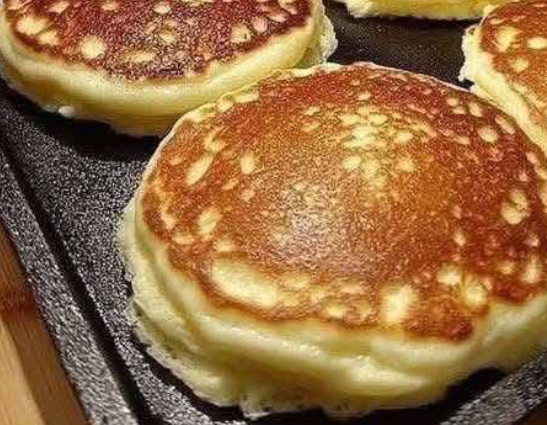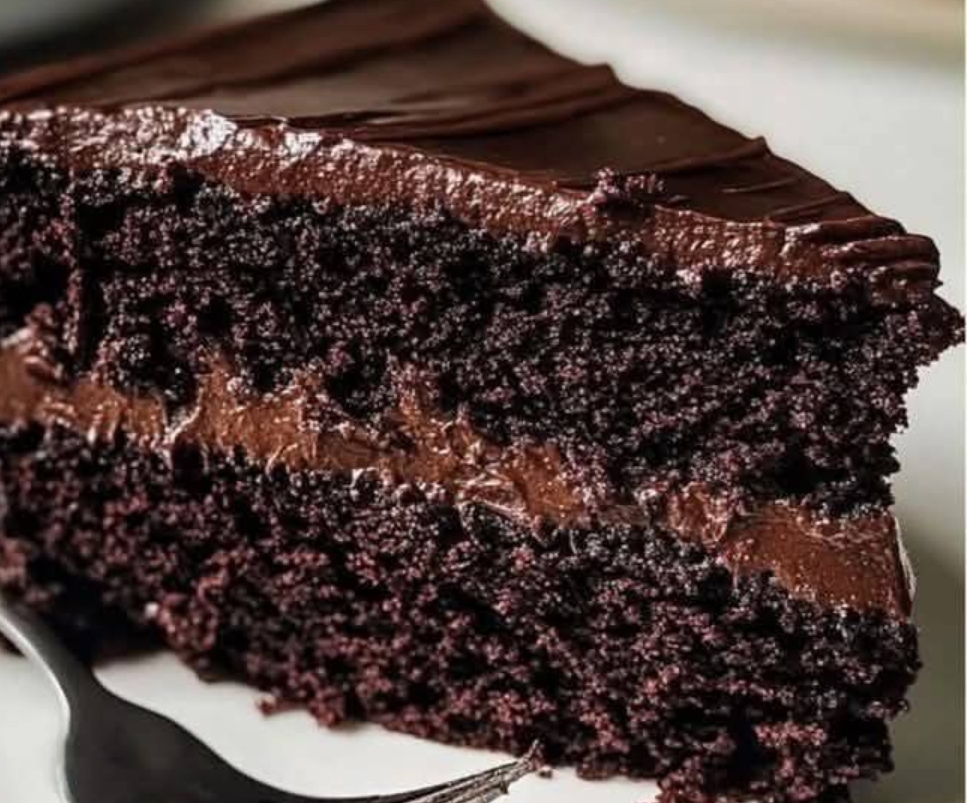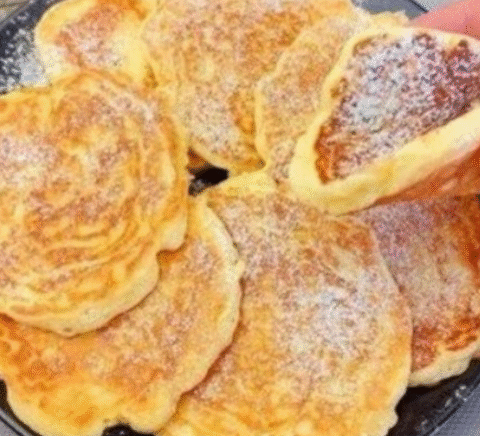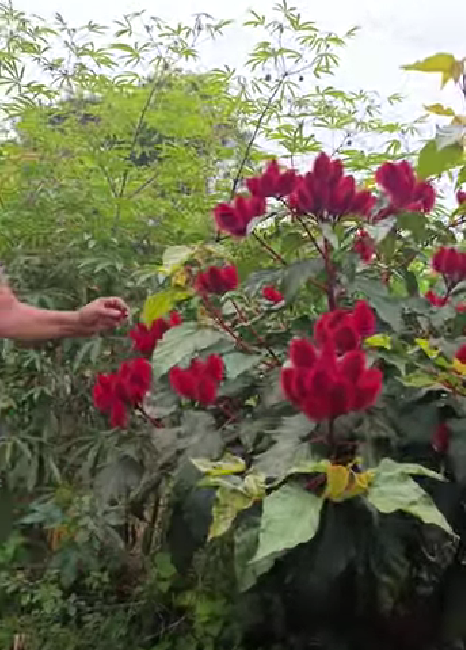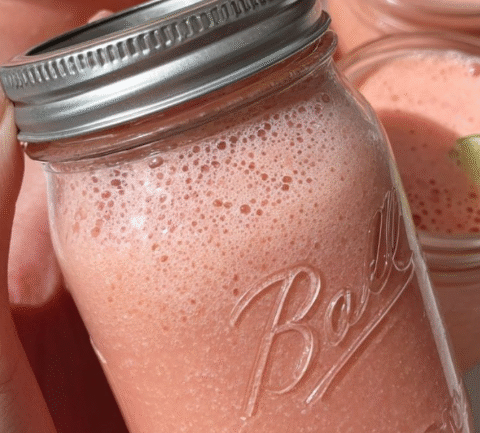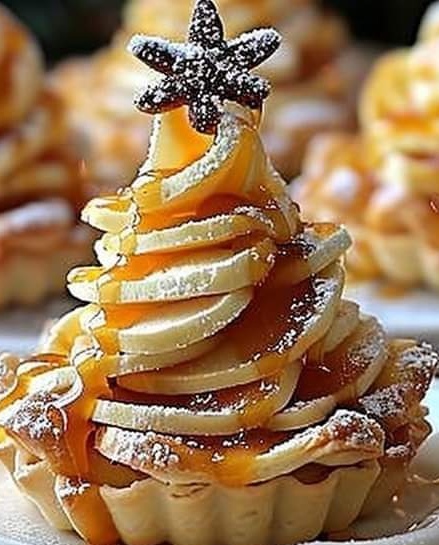Best Fluffy Pancake — Don’t Lose This Recipe 😋
These are the pancakes you’ll want to make forever. Light, airy, golden, and just sweet enough. With a few simple techniques and the right care, you’ll elevate a basic pancake into something truly fluff-worthy.
Ingredients & Why They Matter
Your Basic Ingredients
- 1 ½ cups all-purpose flour
- 2 ½ teaspoons baking powder
- ½ teaspoon salt
- 1 tablespoon granulated sugar
- 1 ¼ cups milk (any type — dairy or non‑dairy)
- 1 large egg (optional but recommended for structure and richness)
- 2 tablespoons melted butter or oil (optional, for moistness and richness)
- ½ teaspoon vanilla extract (optional, for flavor boost)
What Each Ingredient Does
- Flour: The structural backbone. All‑purpose works well; too much flour or overmixing can make the pancakes dense.
- Baking powder: The chemical leavener that generates bubbles and lift. Use fresh, active baking powder. :contentReference[oaicite:0]{index=0}
- Salt: Balances sweetness and enhances flavor.
- Sugar: Adds mild sweetness and helps browning of the pancakes.
- Milk: Provides moisture. Using whole milk gives richer pancakes; non‑dairy milks can work if consistency is adjusted. :contentReference[oaicite:1]{index=1}
- Egg: (if included) adds structure, richness, and helps trap air.
- Fat (butter or oil): Adds moisture, tenderness, and helps the pancakes brown.
- Vanilla extract: A small touch brings warmth and depth.
Technique & Step‑by‑Step Instructions
Step 1 — Preheat & Prepare
Preheat your griddle or nonstick skillet over medium heat. It needs to be hot enough so that a drop of water sizzles and dances. Use butter or a little oil to lightly grease the surface just before cooking.
Step 2 — Mix Dry Ingredients
In a bowl, whisk together the flour, baking powder, salt, and sugar until uniform. This helps distribute the leavening and salt evenly.
Step 3 — Mix Wet Ingredients
In a separate bowl (or same, if you’re careful), whisk the milk + egg + melted butter (or oil) + vanilla (if using). Make sure butter is cooled a bit so it doesn’t “cook” the egg.
Step 4 — Combine Gently
Pour the wet ingredients into the dry ingredients (or vice versa), and fold gently with a spatula or whisk. Mix just enough so there are **no large pockets of dry flour**. A few small lumps are okay — overmixing will develop gluten and flatten your pancakes. :contentReference[oaicite:2]{index=2}
Step 5 — (Optional) Rest the Batter
Let the batter rest for ~5–10 minutes. This allows the flour to hydrate and leavening gases to build. Some pancake experts say resting helps produce more consistently fluffy pancakes. :contentReference[oaicite:3]{index=3}
Step 6 — Cook the Pancakes
- Pour batter onto the hot skillet (¼ cup or size you prefer).
- Wait until you see bubbles forming and popping on the surface, and the edges look slightly set (dry). Don’t flip too early. :contentReference[oaicite:4]{index=4}
- Flip gently and cook the second side until golden and cooked through.
- Adjust heat as needed — if they brown too fast, lower heat; if too slowly, slightly raise the heat.
Step 7 — Keep Warm & Serve
If making multiple batches, keep cooked pancakes warm in a low oven (~200 °F / 95 °C). Stack them to retain heat and moisture.
Chef Tips & Secrets for Ultra Fluffiness
- Don’t overmix: Mix until just combined. Overmixing kills the air bubbles and activates gluten, making pancakes tough. :contentReference[oaicite:5]{index=5}
- Use fresh leavening: Old baking powder loses potency and your pancakes will not rise well.
- Egg white trick: Some recipes separate the egg whites, whip them to soft peaks, then gently fold into the batter last. This adds extra air and lift. :contentReference[oaicite:6]{index=6}
- Don’t rush baking powder: Once batter is mixed, the chemical reaction begins. Cook while it’s fresh for best lift.
- Consistent heat: Medium heat is ideal. If too hot, the outside will burn before the inside cooks. :contentReference[oaicite:7]{index=7}
- Thicker batter helps: A slightly thicker batter gives more lift before it spreads too thin. :contentReference[oaicite:8]{index=8}
- Use seltzer or carbonated water: Some cooks substitute part of the milk with cold seltzer to add extra bubbles and lift. :contentReference[oaicite:9]{index=9}
Variations & Flavor Twists
- Buttermilk version: If you have buttermilk, swap some or all of the milk for it. The acidity reacts with baking powder (or baking soda, if used) for better rise.
- Add‑ins: Blueberries, chocolate chips, banana slices, or nuts — gently fold in after mixing batter.
- Spice it up: Add cinnamon, nutmeg, or a pinch of cardamom.
- Whole wheat or mix of flours: Use a blend (half all-purpose, half whole wheat) but keep texture in mind — don’t overdo it, or you lose fluffiness.
- Vegan option: Use non‑dairy milk, and replace egg with flax egg (1 tbsp flaxseed + 3 tbsp water) or applesauce; reduce milk slightly for thick batter.
Nutrition Estimate & Health Notes
Below is a rough estimate per pancake (assuming 8 pancakes). Adjust based on your exact ingredients and add-ins.
| Nutrient | Estimate per Pancake |
|---|---|
| Calories | ~ 120–160 kcal |
| Protein | ~ 3–5 g |
| Total Fat | ~ 3–6 g (depending on butter/oil) |
| Saturated Fat | ~ 1–3 g |
| Carbohydrates | ~ 18–22 g |
| Fiber | ~ 0.5–1 g |
| Sugars | ~ 1–3 g |
| Sodium | ~ moderate (from salt, leavening, milk) |
Health Tips:
- Use low‑fat milk if you want to reduce fat, though richness may decline slightly.
- Use minimal butter or oil on the griddle; use spray or brush lightly.
- Incorporate fruits (berries, banana) to increase fiber and natural sweetness.
- Avoid too much sugar in batter; rely on toppings (honey, syrup) to sweeten per serving.
Storage, Reheating & Food Safety
Storage
- Cool pancakes to room temperature before stacking and storing (prevent steam build-up).
- Store in an airtight container or zip-top bag in the refrigerator for up to **2–3 days**.
- For longer storage, freeze pancakes (single layer on baking sheet until firm), then transfer to freezer bags with parchment between layers.
Reheating
- Reheat in a nonstick skillet over low–medium heat until warmed through.
- You can also microwave (on medium) for 20–30 seconds per pancake, though texture may soften.
- For frozen pancakes, reheat in a 350 °F oven for 5–10 minutes, or toast in a toaster if small enough.
Food Safety Tips
- Don’t leave batter or cooked pancakes out at room temperature more than ~2 hours (less in hot climates).
- Use fresh ingredients (especially baking powder) to ensure proper rise.
- Ensure surfaces and utensils are clean when mixing and cooking to avoid cross-contamination.
Common Troubleshooting & Mistakes
- Pancakes are flat / not fluffy: leavening expired, batter overmixed, heat too low, or cooking too slowly.
- Edges cook too fast, center raw: pan too hot. Lower heat a bit, or start pancakes smaller.
- Pancakes brown too much before cooking through: reduce heat or cook a bit longer with lid if needed.
- Staple dryness: batter too thick or overcooked; add a splash more milk or reduce cooking time.
- Sticky / sticking to pan: not enough grease, or pan not hot enough. Use a bit butter/oil and heat properly.
10 FAQs You Might Ask
1. Can I skip the egg?
You can — the egg helps but is not strictly necessary. Use a bit more fat or milk to maintain moisture, or try a flax egg substitute (1 tbsp ground flax + 3 tbsp water).
2. Can I use whole‑wheat flour?
Yes, but mix it with all-purpose (e.g. half & half) or reduce quantity, as whole-wheat is denser and can flatten pancakes.
3. Do I need buttermilk?
No — this recipe works with plain milk. Buttermilk (acidic) can add extra tenderness and react with baking soda if included.
4. How long should I rest the batter?
5 to 10 minutes is sufficient. Resting helps hydrate flour and stabilize bubbles. Too long and leavening gas may escape. :contentReference[oaicite:10]{index=10}
5. When should I flip the pancake?
Flip when bubbles form and pop on the surface, and the edges look set but not dry — that’s a good cue. :contentReference[oaicite:11]{index=11}
6. Can I make them ahead?
You can make the batter ahead (within an hour), but pancakes are best fresh. If you must, refrigerate batter and stir gently before cooking.
7. Why do my pancakes get tough?
Likely due to overmixing (too much gluten), or cooking too long. Mix gently and avoid pressing them down while cooking.
8. What if the batter is too runny?
Let it rest a few minutes so the flour absorbs liquid. If still thin, add a tablespoon or two of flour slowly until slightly thicker.
9. Can I use a griddle or skillet?
Yes. A flat griddle gives even heat and allows making multiple pancakes at once. A nonstick skillet works fine too.
10. Why didn’t they rise?
If baking powder is expired or if batter was overmixed or too much time passed between mixing and cooking, pancakes may fail to rise. Always use fresh leavening and cook soon after mixing.
Presentation & Serving Suggestions
- Stack them high, with a pat of butter melting on top.
- Drizzle with maple syrup, honey, or fruit compote.
- Serve with fresh fruit, whipped cream, nuts, or yoghurt.
- Dust with powdered sugar, or add a side of bacon or eggs for a full breakfast plate.
- Keep extra pancakes warm in a 200 °F oven until serving.
Final Thoughts
This “Best Fluffy Pancake” recipe is simple, forgiving, and designed to maximize lift, texture, and flavor. With the right heat, fresh ingredients, gentle mixing, and optional egg‑white folding or short resting, you’ll get pancakes that rival any restaurant. Bookmark this, try your tweaks, and enjoy stacks of clouds. Want me to make a printable version or metric-only version next? I’ll send it right away!
